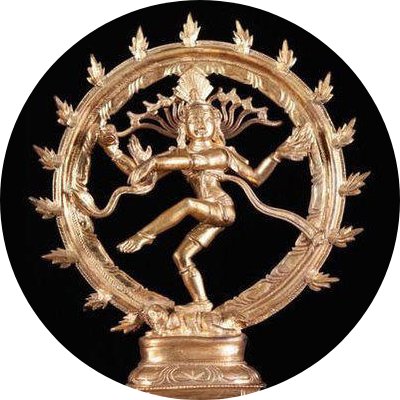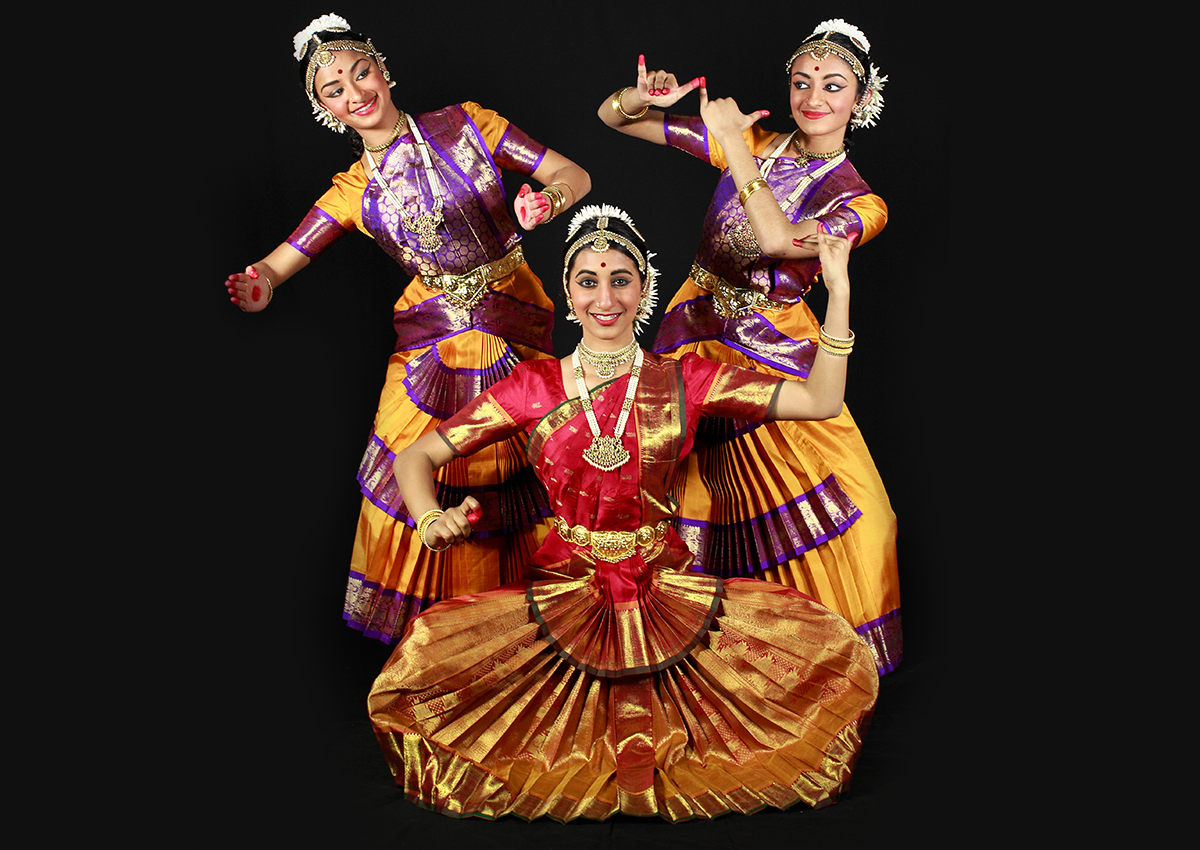BHARATANATYAM
INDIA'S OLDEST CLASSICAL DANCE FORM



This carving found in Karnataka, India has been dated back to the 7th century. It resembles the Tandava dance (Picture source: Wikipedia).
Bharatnatyam has originated from Tamil Nadu in South India and is the oldest Indian classical dance form found in India. This dance is commonly performed to depict mythical stories and dramas. It is regarded as the mother of all classical dances. This dance-drama expresses south Indian religious-spiritual ideas and themes, mainly revolving around the gods’ Shiva and Vishnu as well as the goddess Shakti. This classical dance is also known as the fire dance, as it resembles a flame when performed.
In ancient times, it was usually performed by women and divided into two parts- lasya, the feminine and graceful part of the dance, and tandava, the masculine and energetic part of the dance. The dancers usually switched through these two parts throughout the storyline and were accompanied by narrative music. This dance form also played a huge role in worshiping deities and was performed a lot in the temples. Figures from this dance are carved on various stones and historical sites, proving that this dance can be dated back to olden times.
The hindu god Shiva is depicted as Nataraja. Nataraja is the depiction of the hindu god Shiva, as the divine dancer. His dance is called Tandava and Nadanta, depending on the context. Tandava, as mentioned earlier, is the more masculine and energetic part of the dance. Nadanta is also a masculie and energetic dance. The word is derived from Sanskrit, Nat meaning dance and Raj meaning king. So it means the king of dance.

